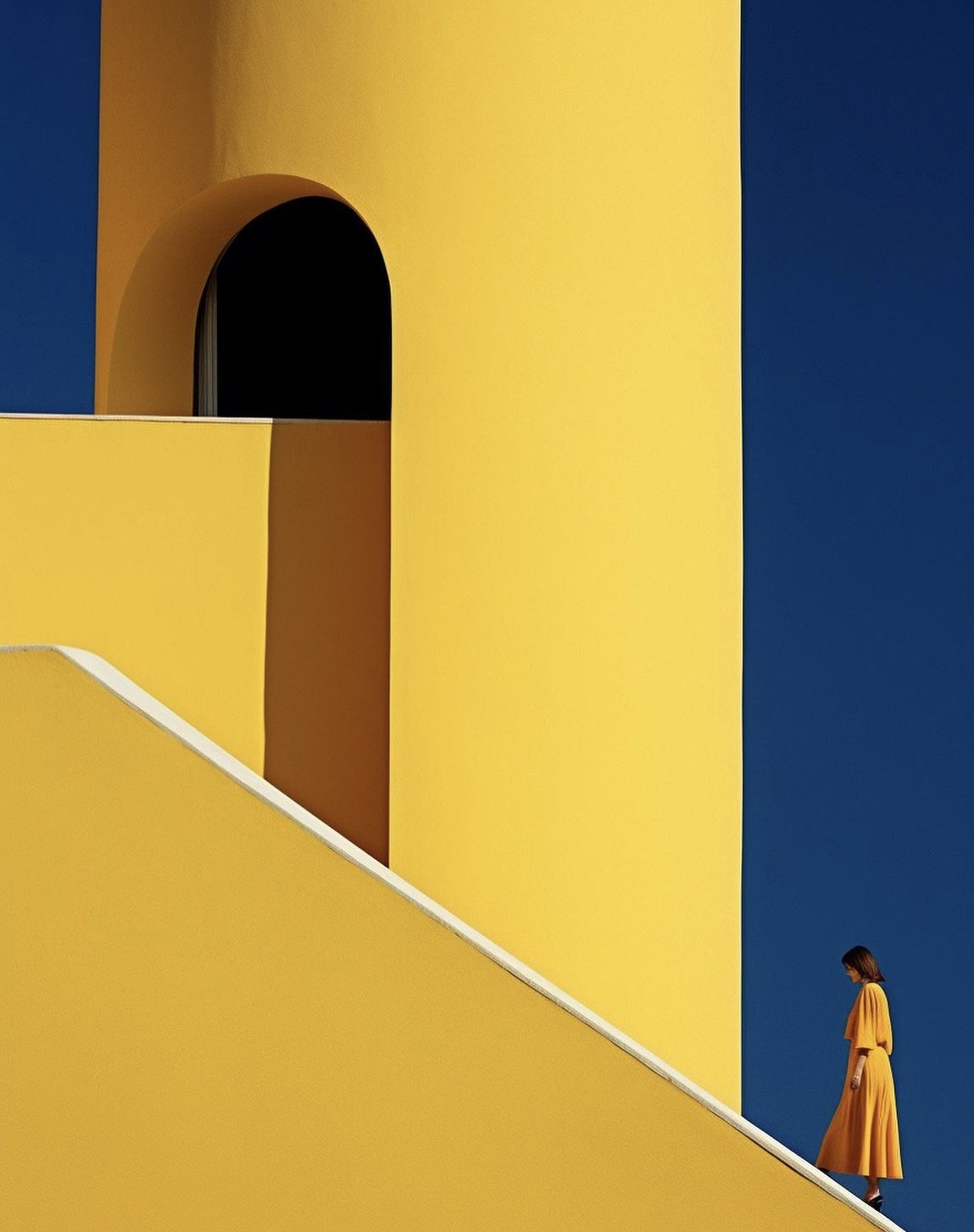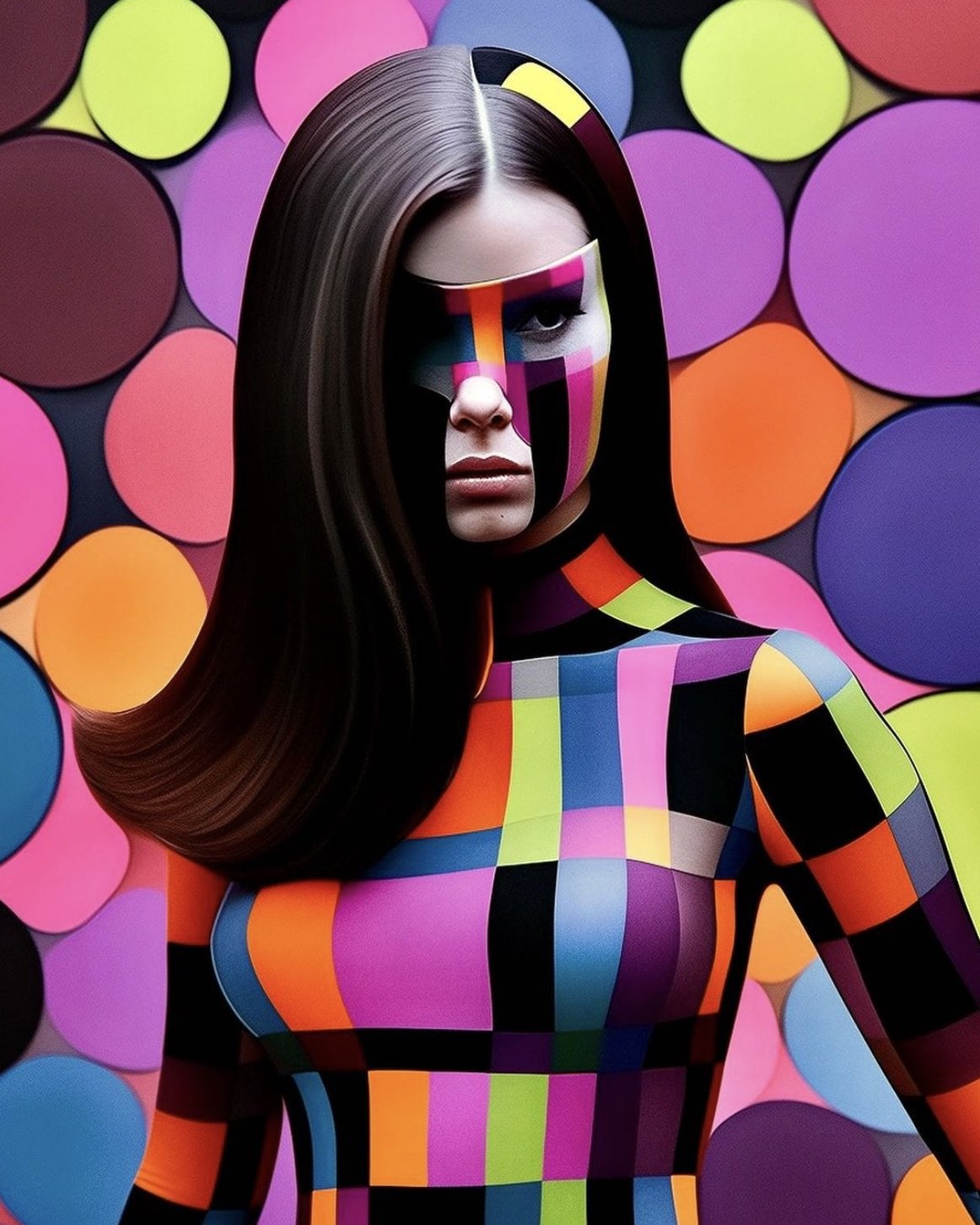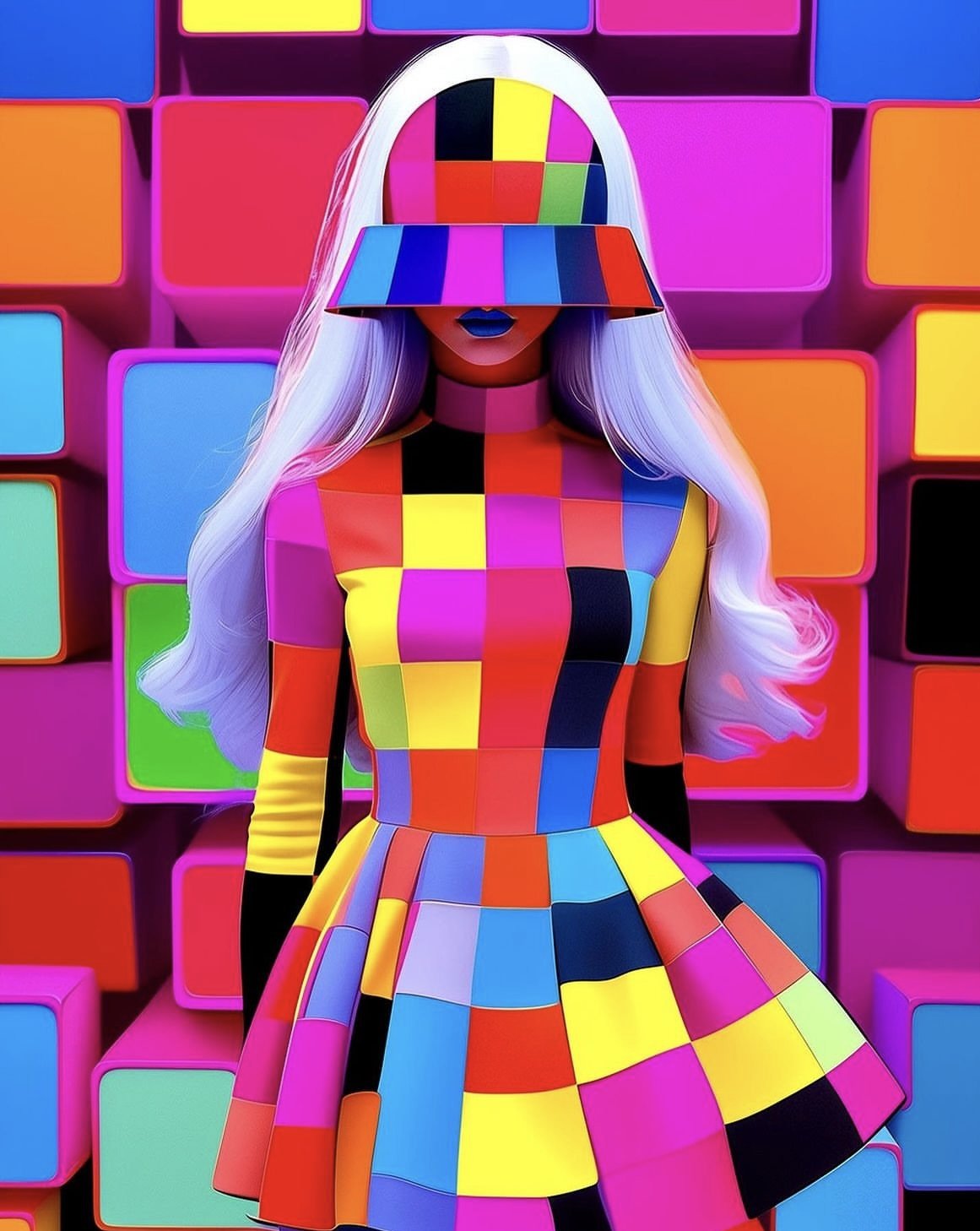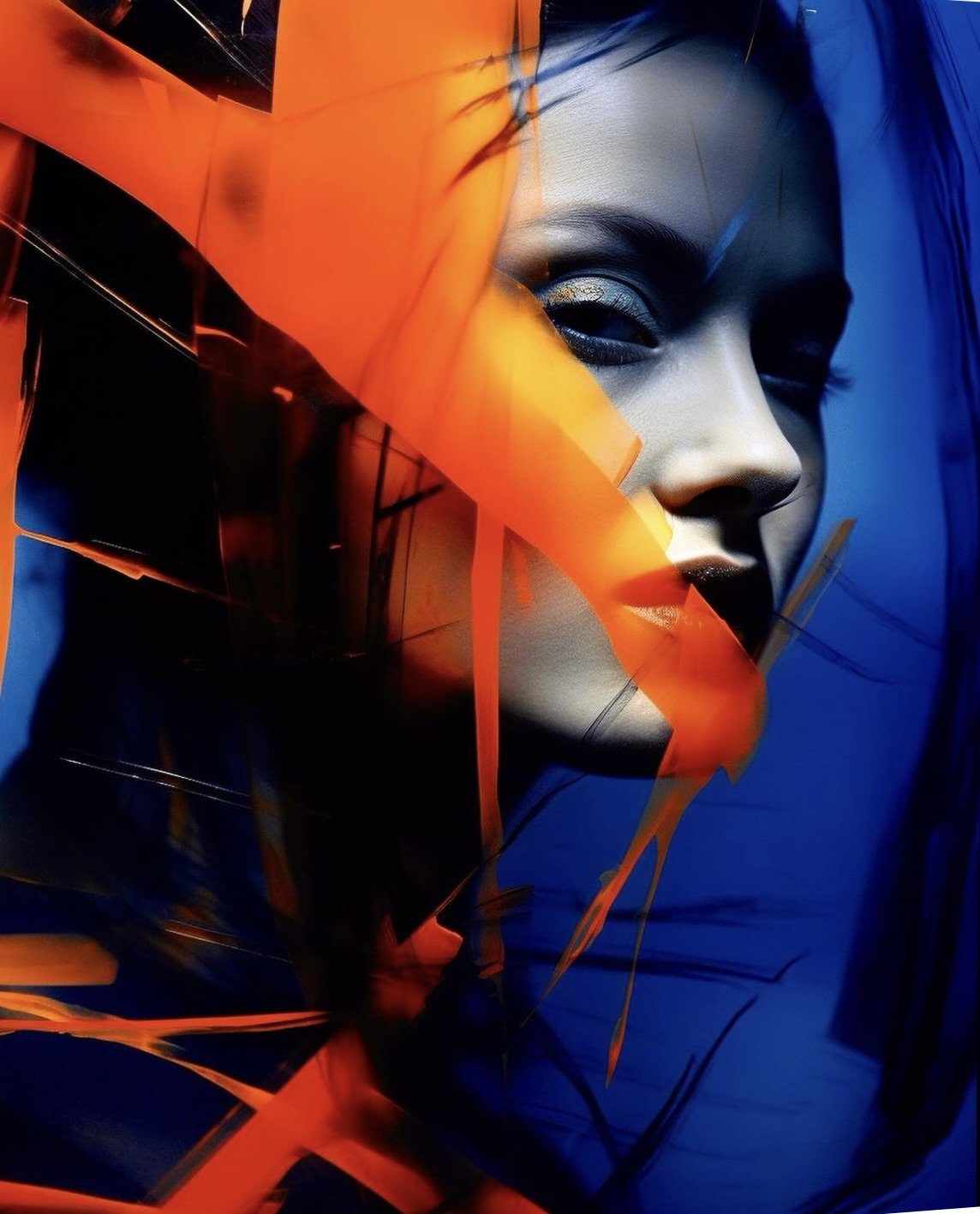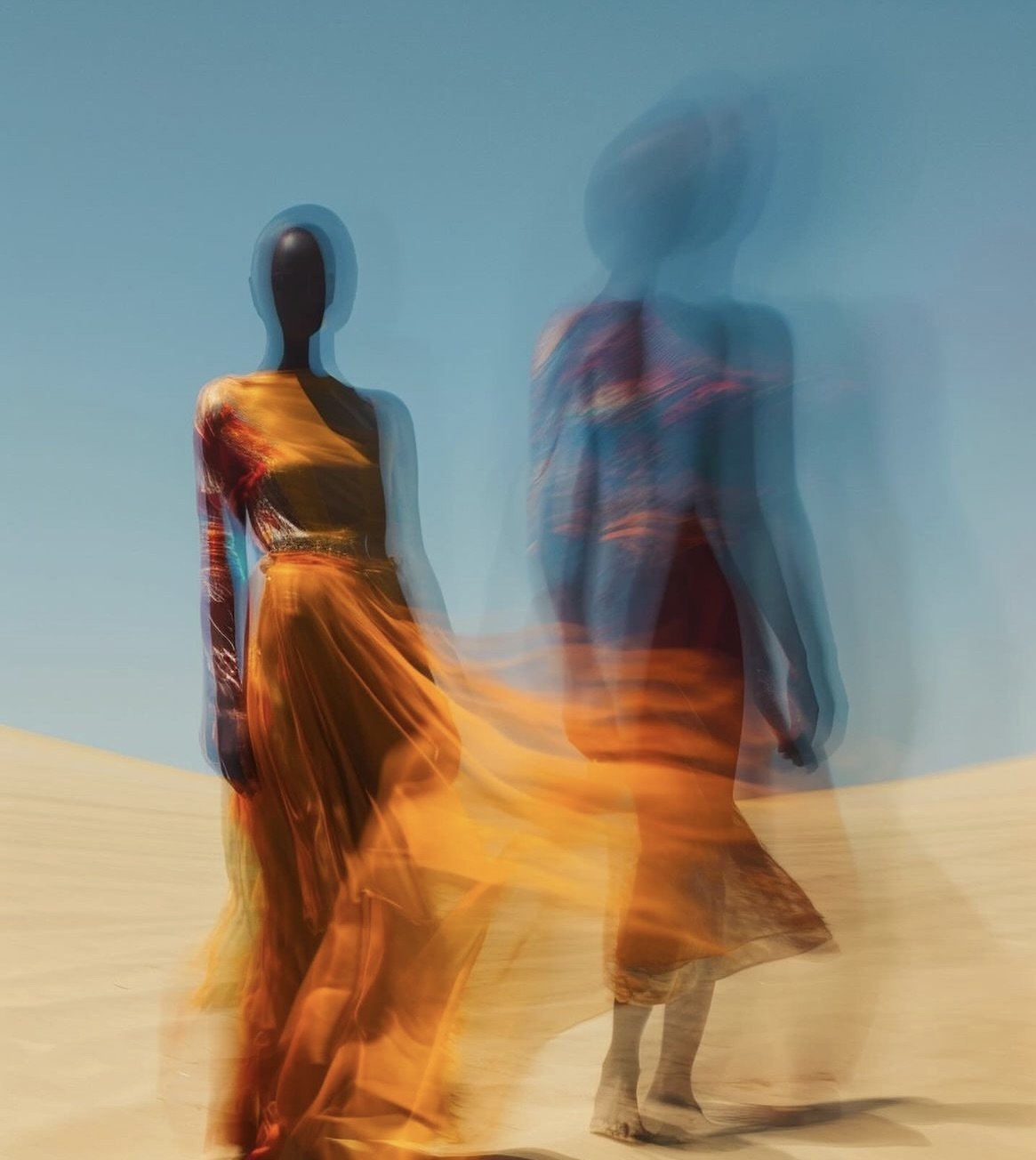SIGNAL FESTIVAL 2024: IMMERSIVE LIGHT INSTALLATIONS AND DIGITAL ART AT PRAGUE'S ICONIC LANDMARKS
There’s something truly magical about wandering the streets of Prague during Signal Festival. For twelve years now, every mid-October, the city becomes a living canvas, blending the historical grandeur of its architecture with the vibrant pulse of digital art.
This year was no different. And, since I was in Prague during this time, for the first time in years, it was only natural for me to dive into the magic on a Friday night, trying to cover as much of both festival routes as possible.
I started out in Kunsthalle, in the paid “Gallery Zone” portion of the festival. The gallery is home to the “Strange Attractions” show by United Visual Artists which was recommended by the festival founder himself. I liked it and I think you might too (it’s on display at the gallery for a few days after the official end of the festival on October 13). That said, one of my absolute highlights was the SpY ORB in the South Gardens of Prague Castle. It’s a glowing sphere that felt both otherworldly and perfectly in tune with the impressive castle surroundings. There’s something about the way it just hangs there in the dark, drawing you in with its simplicity and size. I found myself standing there mesmerized, taking in the sight (and trying to find the best angle to capture the sculpture) as the light shifted subtly across the orb’s surface.
Another standout for me was the Dimensional Sampling by Cao Yuxi at Staroměstské náměstí (Old Town Square). This LED projection installation transformed a portion of the square with its dynamic, cube-shaped light show. It felt surreal, juxtaposed with the medieval architecture of the House at the Stone Bell and the Tyn Church nearby. I was completely captivated by the interplay of light and shadow as the cube pulsed and glowed, almost like a beacon of the future in the heart of old Prague.
Of course, the Gallery Zone is a must-see if you want to dive even deeper into the festival. Besides the UVA work at Kunsthalle, I managed to see the installation by Seohyo at the Prague Castle Riding Hall and genuinely enjoyed it.
It’s one thing to see these installations, but the experience of exploring both the Hradčany and Centrum routes really lets you dive into the full spectrum of what Signal Festival offers. From digital projections on the Archbishop’s Palace to the surreal sculptures in Sternberg Palace, every turn reveals something new and unexpected. I’m glad I ventured out into the evening to take it all in.
If you’re in Prague in October, do yourself a favor and experience this festival—it’s a feast for the senses, and you won’t regret it!
If you're interested in exploring more about contemporary art and immersive travel experiences, I recommend checking out Loves Art Will Travel’s post on discovering Uhelny Mlyn, a hidden contemporary gallery just outside Prague. The blog delves into the charm of this industrial-modern space, much like Signal Festival’s own exploration of blending history and modern art. You can read more about it here

















